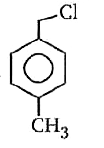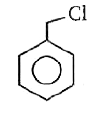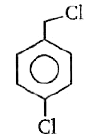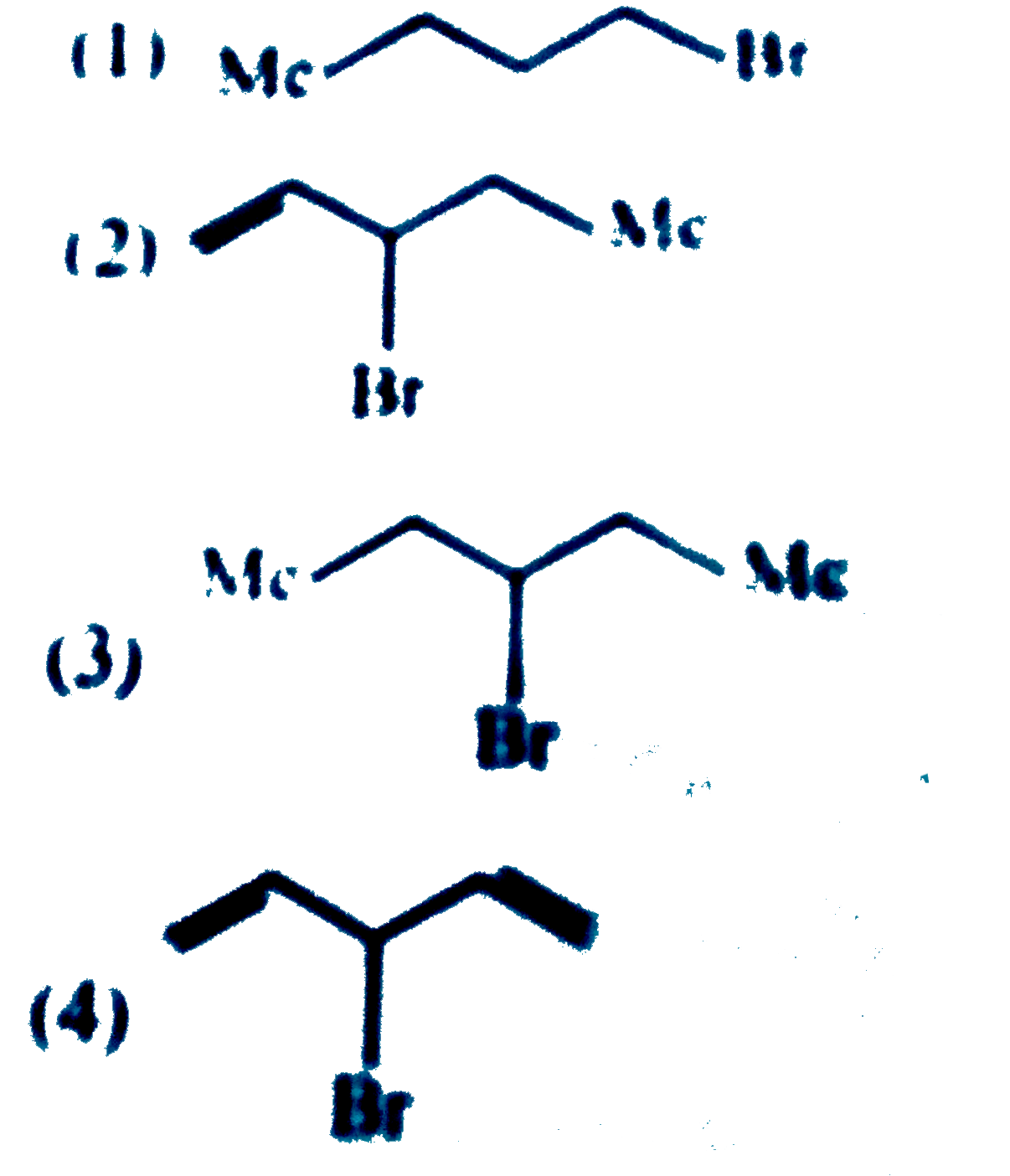Among the choices of alkyl bromide , the least reactive bromide in a SN2 reaction is :
1-bromopentane
2-bromo-2-methylbutane
1-bromo-3-methylbutane
1-bromo-2-methylbutane.
The correct Answer is:B
To determine which alkyl bromide is the least reactive in an SN2 reaction, we need to consider the reactivity order of alkyl halides. The reactivity of alkyl halides in SN2 reactions is influenced by steric hindrance, which affects how easily the nucleophile can approach and attack the carbon atom bonded to the halogen.
1. Understand the SN2 Mechanism:
- The SN2 (Substitution Nucleophilic Bimolecular) reaction involves a nucleophile attacking the carbon atom that is bonded to the halogen (bromine in this case) and displacing the halogen atom.
2. Know the Reactivity Order:
- The general order of reactivity for alkyl halides in SN2 reactions is:
- 1° (primary) > 2° (secondary) > 3° (tertiary)
- This means that primary alkyl halides react faster than secondary, which in turn react faster than tertiary alkyl halides.
3. Identify Steric Hindrance:
- Steric hindrance refers to the crowding around the reactive site (the carbon atom bonded to the halogen). The more crowded the carbon atom, the less reactive it is in an SN2 reaction.
- Tertiary alkyl halides are the most hindered and therefore the least reactive in SN2 reactions.
4. Evaluate the Given Alkyl Bromides:
- If the options include different types of alkyl bromides (1°, 2°, and 3°), identify which one is tertiary.
- For example, if the options include:
- 1-bromopropane (1°)
- 2-bromobutane (2°)
- 2-bromo-2-methylpropane (3°)
- The 2-bromo-2-methylpropane is a tertiary alkyl bromide and will be the least reactive in SN2 reactions due to significant steric hindrance.
5. Conclusion:
- Based on the reactivity order and steric hindrance, the least reactive alkyl bromide in an SN2 reaction is the one that is tertiary. In this case, it is 2-bromo-2-methylpropane.
Final Answer:
The least reactive bromide in an SN2 reaction is 2-bromo-2-methylpropane.
- The SN2 (Substitution Nucleophilic Bimolecular) reaction involves a nucleophile attacking the carbon atom that is bonded to the halogen (bromine in this case) and displacing the halogen atom.
- The general order of reactivity for alkyl halides in SN2 reactions is:
- 1° (primary) > 2° (secondary) > 3° (tertiary)
- This means that primary alkyl halides react faster than secondary, which in turn react faster than tertiary alkyl halides.
- Steric hindrance refers to the crowding around the reactive site (the carbon atom bonded to the halogen). The more crowded the carbon atom, the less reactive it is in an SN2 reaction.
- Tertiary alkyl halides are the most hindered and therefore the least reactive in SN2 reactions.
- If the options include different types of alkyl bromides (1°, 2°, and 3°), identify which one is tertiary.
- For example, if the options include:
- 1-bromopropane (1°)
- 2-bromobutane (2°)
- 2-bromo-2-methylpropane (3°)
- The 2-bromo-2-methylpropane is a tertiary alkyl bromide and will be the least reactive in SN2 reactions due to significant steric hindrance.
- Based on the reactivity order and steric hindrance, the least reactive alkyl bromide in an SN2 reaction is the one that is tertiary. In this case, it is 2-bromo-2-methylpropane.
The least reactive bromide in an SN2 reaction is 2-bromo-2-methylpropane.
Topper's Solved these Questions
- BOOK - NCERT FINGERTPS ENGLISHCHAPTER - HALOALKANES AND HALOARENESEXERCISE - Higher order thinking skills8videos
HALOALKANES AND HALOARENES
- BOOK - NCERT FINGERTPS ENGLISHCHAPTER - HALOALKANES AND HALOARENESEXERCISE - Exemplar problems24videos
HALOALKANES AND HALOARENES
- BOOK - NCERT FINGERTPS ENGLISHCHAPTER - HALOALKANES AND HALOARENESEXERCISE - Physical properties7videos
HALOALKANES AND HALOARENES
- BOOK - NCERT FINGERTPS ENGLISHCHAPTER - GENERAL PRINCIPLES AND PROCESSES OF ISOLATION OF ELEMENTSEXERCISE - Assertion And Reason15videos
GENERAL PRINCIPLES AND PROCESSES OF ISOLATION OF ELEMENTS
- BOOK - NCERT FINGERTPS ENGLISHCHAPTER - POLYMERS EXERCISE - NCERT Exemplar9videos
POLYMERS
Similar Questions
Knowledge Check
- Question 1 - Select One
Which of the following is most reactive towardSN2 reaction ?
A B
B C
C D
D
- Question 2 - Select One
Which of the following is most reactive towardSN2 reaction ?
ACH2=CH−CH2−ClBPh−CH2−ClC DPh−C∣∣O−CH2−Cl
DPh−C∣∣O−CH2−Cl - Question 3 - Select One
Arrange the following alkyl chlorides in order of decreasing reactivity in an SN1 reaction:
(I) isopropyl bromide (II) propyl bromide br> (III) tert-butyl bromide (IV) methyl bromideA(III)>(I)>(II)>(IV)B(I)>(III)>(IV)>(II)C(IV)>(III)>(II)>(I)D(I)>(II)>(III)>(IV)
In a reaction, ΔH and ΔS both are more than zero. In which of the following cases, the reaction would not be spontaneous?
View SolutionConsider the following bromides:

The correct order of SN1 reactivity isView SolutionAmong halogens, fluorine is least reactive.
View SolutionThe order of reactivities of the following alkyl halides for a SN2 reaction is :
View SolutionHofmann bromide degradation reaction is shown by
View Solution


